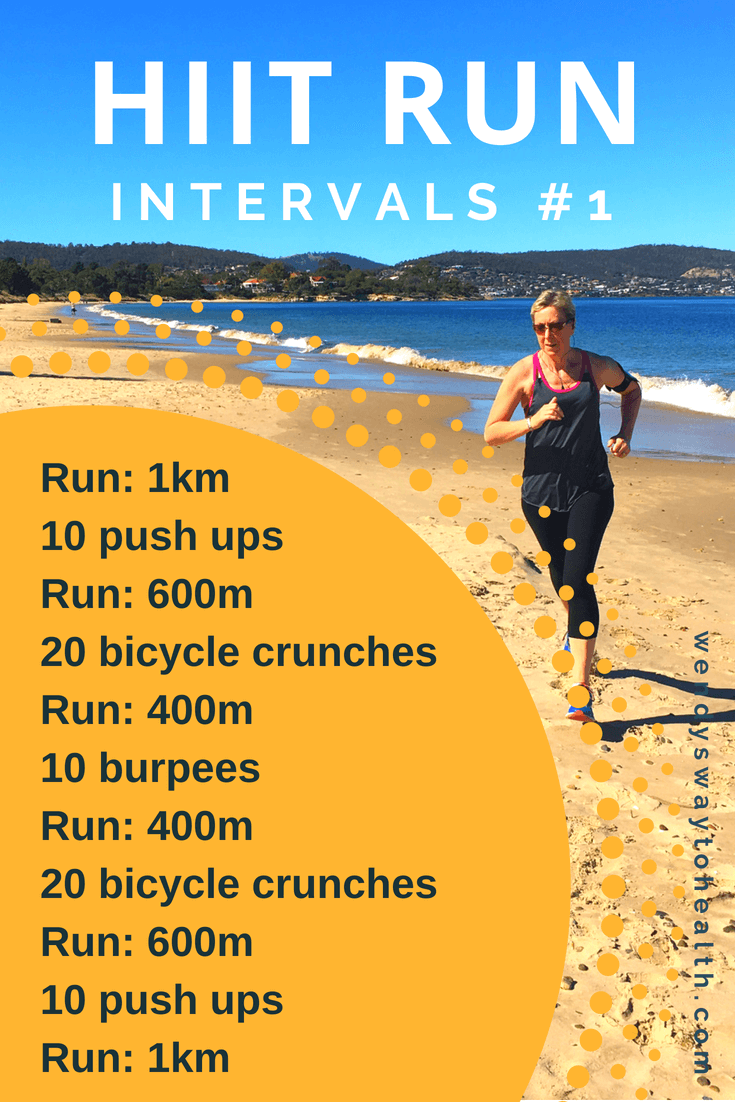Overhaul Your Running Strategy: Tips for Improved Performance
Overhaul Your Running Strategy: Tips for Improved Performance
Blog Article
The Ultimate Guide to Dealing With Pain When Running
For runners, experiencing pain during runs is not unusual, and recognizing how to efficiently handle and stop it can make a substantial distinction in your overall performance and enjoyment of the sport. Whether you are a seasoned marathoner or just starting your running journey, comprehending the different kinds of pain that can develop and the methods to resolve them is critical. From pre-run workout regimens to correct shoes option, there are countless variables to take into consideration when it comes to taking care of discomfort while running. This detailed guide will equip you with the knowledge and tools necessary to browse via the pain and encourage you to attain your running objectives with better convenience.

Recognizing Various Kinds of Running Pain
When running, it is important to compare various kinds of pain to avoid injuries and make the most of efficiency (Read More). One usual sort of pain that runners might experience is muscular tissue pain, which normally develops from the tension placed on muscles throughout workout. This type of discomfort is usually a regular part of the running procedure and can be taken care of with proper workout, cool-down, and stretching routines
One more kind of pain to be knowledgeable about is joint pain. Joint discomfort can show problems such as overuse, inappropriate type, or underlying conditions like joint inflammation. Ignoring joint pain can bring about much more extreme injuries, so it is essential to attend to any pain immediately and perhaps look for professional advice.
Additionally, sharp or stabbing discomforts need to not be disregarded. These types of discomfort can signify acute injuries such as strains, sprains, or anxiety cracks - running strategy. Continuing to run with these kinds of discomfort can aggravate the injury and lengthen recovery time

Pre-Run Warm-Up and Stretching Routine
To prepare the body for a running session, implementing an effective pre-run workout and stretching routine is important. A proper workout aids raise blood circulation to the muscle mass, enhances versatility, and reduces the risk of injury throughout the run. By including a constant pre-run warm-up and stretching regular right into your running program, you can enhance efficiency and reduce the risk of discomfort or injury.
Correct Shoes Choice and Fit
When selecting operating footwear, it is essential to consider elements such as foot type, running gait, arch support, cushioning, and shoe size. Checking out a specialized running shop for a stride evaluation and expert installation can help make certain that you pick the right footwear for your specific demands. Spending in high-grade shoes that is ideal for your running design and foot anatomy is a proactive action in the direction of protecting against discomfort and injuries throughout your runs.
Nourishment and Hydration Tips for Discomfort Prevention
:max_bytes(150000):strip_icc()/effective-30-minute-running-workouts-2911891-0927-70272e09ac83449cadb9f1ce51656c0c.jpg)
Hydration is equally vital for runners to stay clear of aches, dehydration, and various other discomforts that can lead to discomfort throughout running. By prioritizing nourishment and hydration, runners can enhance their performance, minimize discomfort, and take pleasure in a more comfortable running experience.
Post-Run Recuperation Techniques to Reduce Discomfort
Carrying out efficient recuperation strategies is crucial for alleviating pain and promoting muscle recovery after running sessions. Additionally, icing aching locations for 15-20 mins can aid minimize swelling and numb pain post-run.
Moisturizing effectively post-run is vital for restoring liquids lost during workout and assisting in muscular tissue recuperation. Taking in a balanced snack or dish that consists of healthy protein and carbs within 30 mins of completing a run can help repair muscle mass cells and renew energy stores. Additionally, getting enough remainder is essential for enabling the body to repair and strengthen muscles. Incorporating active recovery activities such as light walking or swimming can additionally assist promote blood flow and lower muscular tissue tightness - Read More. By integrating these post-run recovery techniques into your routine, you can efficiently handle discomfort and maximize your running efficiency.
Conclusion
Finally, attending to different kinds of running discomfort through correct warm-up, extending, shoes selection, nourishment, hydration, and post-run healing techniques is necessary for pain avoidance and administration. By understanding the reasons of pain and implementing these methods, joggers can lessen discomfort and prospective injuries. It is essential to focus on general physical wellness and wellness to make certain a successful and delightful running experience.
Report this page